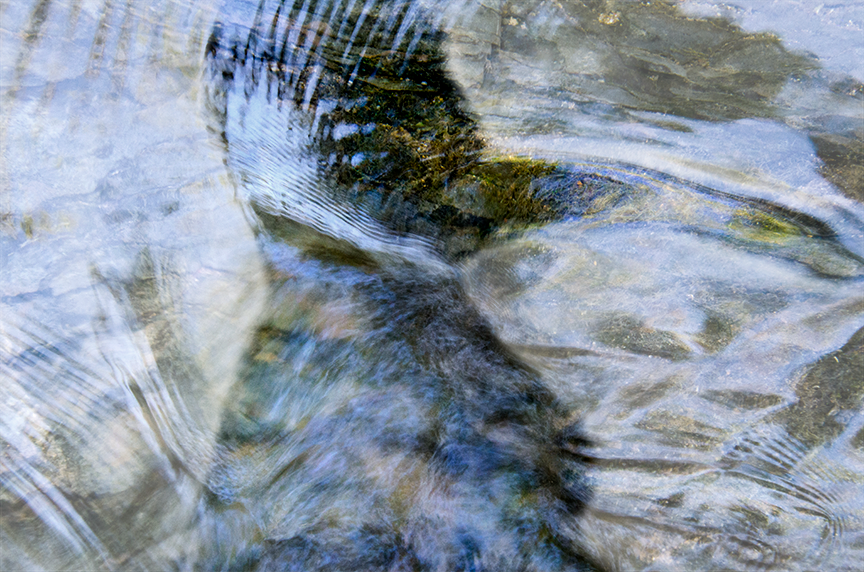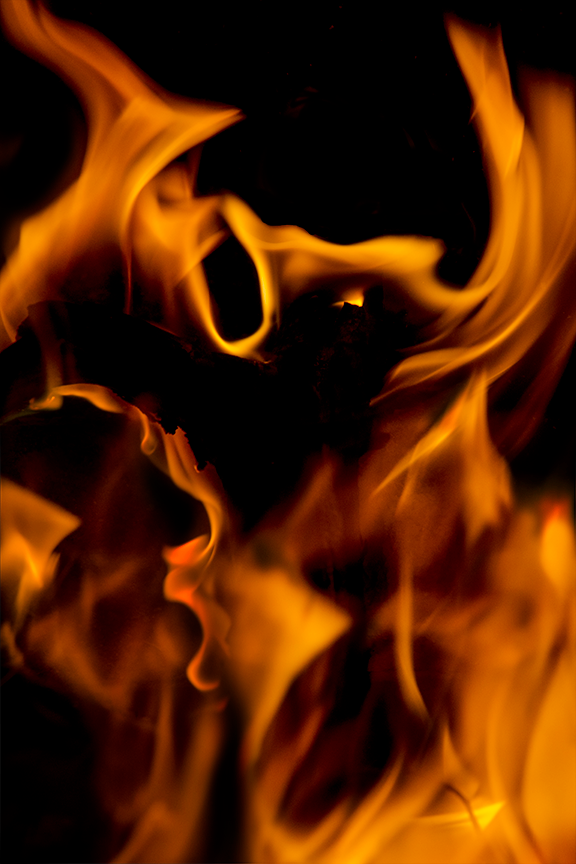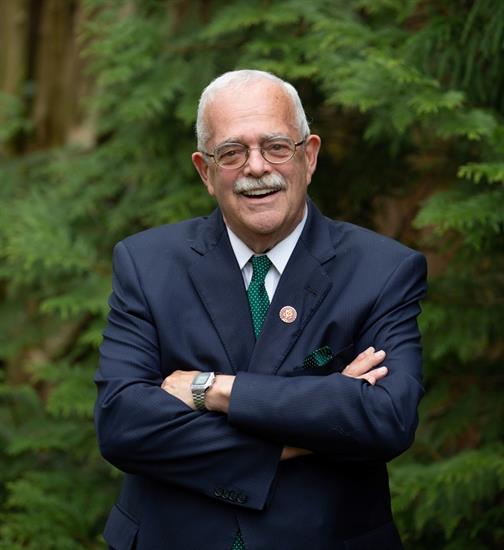Of Virginia
by Bridget Bell
In ancient Celtic culture, for centuries there existed a religious rite called the Banais Ríghi in which the king married the Goddess Sovereignty, who was the guardian and protector of the land, the spirit of the Earth itself, the anima mundi, known to be the animating force of nature. She carried the authority of the Celtic Otherworld, but was rooted in the fertile and creative power of the land. In the old myths, this sacred vow was a covenant in which the king–and through his example the people–committed to cherish the land and those who lived on it. When that vow was upheld, the land and the people thrived. When it was broken, the Wasteland ensued.
Grandfather Skye
King Who Married the Land


Sovereignty
Goddess of the Land
When the Celts so heavily settled the Appalachia, they brought this rite with them and hid it in the subtle realms of nature, and there it has remained, loved and protected by the storied and mighty Shenandoah. Now, with so much at stake, the rite has reignited, but there is no king, so instead to invoke its power, it is We the People, who must cherish the land, ourselves, and each other. It is our unfolding, multidimensional story, and in Prince William County, the energetic, ancestral, and subtle realm epicenter is Manassas National Battlefield Park, the “ruined land” on which the Banais Ríghi was broken and can only be restored with the co-creative and harmonious efforts of all the realms and of all the people.

Shenandoah
Mother Dragon of the Banais Ríghi
My version of our story begins at the Shenandoah River, the Manahoac land on which I have been photographing its nature spirits and elementals–for almost two decades. That tribe’s land extends from the Shenandoah River to the Manassas National Battlefield Park, which I live next to, but it does not include eastern Prince William County. That land is Doeg. So interestingly, in Prince William County, known in part for the battlefield on which the first major battle of the Civil War and a second major battle of the same war was fought, East/West has been divided even within indigenous culture, so for far longer than the divide of North/South that in some ways defines us.
Though it is also true that some geographers, especially Harm de Blij, declare the Occoquan River as the most apt border between the American North and the American South as if that cultural divide that we are known for is somehow inherent to this county’s land. And here we are today, still fighting over the battlefield and still often separated east from west. Do these differences and conflicts really define us, or is there more to us, more to the land, and more within our power? What chance is this current moment offering us, and what are its dangers? Can we invoke an egalitarian power of the Banais Righi in which we each commit to cherish the land, ourselves, and each other even as our national, regional, and local politicking often seem and sometimes seek to tear us even further apart?
A lot comes together (and apart) within our county borders and even just on the battlefield itself. In 2018, we chose the first openly transgender state legislator ever, and we elected her over the thirteen-term, self-declared “chief homophobe of Virginia.” In 2019, we elected the first black supervisor in the long history of the most diverse county in Virginia. And now, just a few years later, a far more racially-balanced board is facing the challenge of a digital infrastructure/industrial revolution centered on the battlefield, as we physically uncover further history of our colonialism and racism, and as we face increasing storms, drought, wildfires, along with blatant affronts to democracy, increased cultural divide, and deepening civil oligarchy. (https://www.youtube.com/watch?v=5dTXMvxp45Y)
It is in this moment that we can seek a new story, one that engages the subtle realms, one that remembers the much longer human history in which we sought reciprocal relationship with nature instead of dominance, one in which we felt more at home on the earth and in our bodies, and resultantly one in which we were of a place, not from it, because somewhere deep in our bones we understand that it is always the place that claims us, that despite and maybe even exacerbated by our colonialist past, we can never really stake claim to a place. Ultimately, as the old myths tell us, the land is always sovereign. (https://drmartinshaw.com/books/scatterlings-getting-claimed-in-the-age-of-amnesia/)
Now, with simultaneously increasing cultural awareness and conflict, with simultaneously increasing environmental advocacy and challenges, and with simultaneously increasing digital cultural benefits and costs, we need a different state of consciousness from the one that divides us, a solution to our conflicts that transcends the underlying issues and cultural traumas that brought us to this moment. It is here and just past now that I begin the story of that fundamental shift in consciousness, that reemergence of the subtle realms in human awareness and the awakening of the Banais Righi in a land without a king. To facilitate that shift, both individually and collectively, we must recognize our land’s often brutal and unjust history that now seeks healing and reconciliation within ourselves, with each other, and with the whole of the land itself, including its subtle realms.
My manifestation of our developing story is a near-future, speculative fiction art journal/diary co-created with the non-physical realms, what David Spangler of the Lorian Association calls the “extended part of the ecology of a planet that is much vaster than just its physical parts.”2 It is primarily told from the point of view of these subtle realms, and not just nature and ancestral beings, but also techno-elementals, and the story is set at the moment when many among humanity–some spontaneously, and some through effort and training– regain access to and reform relationships with these realms and begin to understand our mutual goals, influences, and challenges and most especially the deep benefits of working together.




Given the present confluence of past and future (history and technology) at the site of the first major battle of this country’s civil war, and the intertwined nature of the physical and non-physical realms, as well as my continued direct co-creation with the physical land for my story, it is only fitting that our land will be portrayed as a pressure point on the entire Gaian system, just as the National Capital Region is one on the global economic and political system. It is the inherent nature of this story to weave together the continuing events and history of our physical land, its people, and the subtle realms: we are all co-creating its unfoldment with our dreams, thoughts, choices, and actions. And most of all by our relationship to the land, ourselves, and each other.
In the setting of this near-future story, the realms can no longer be viewed as separate. Decisions and actions on the issues before us are now known to affect all dimensions, and those dimensions and their strengths and struggles affect our own. With this understanding, humanity can no longer deny the existential threat to human culture and perception that the burgeoning War on Slavery (depicted in my story) poses. Angry factions of nature beings and Artificial Intelligence (AI) techno-elementals reject humanity and its violent past and instead vie for control of access to water, land, and human consciousness by manipulating the arts and supplanting a spiritual relationship with nature with technology-based experiences.



Blinded by potential power and previously unknown realms to colonize, government and some of its citizens don’t recognize that not all in the subtle realms are working in the best interest of humanity or its path toward freedom and peace. Still, some among the people and even a rare, elected official realize not only the danger, but that this subtle realm war is also a mirror in which humanity is forced to recognize long unresolved societal and Earth relationship issues that have left us without the appropriate wisdom for some of our most ambitious technological advances, especially AI. And, that lack of resolution exacerbated by struggles to accept this new multidimensional reality and its concurrent onset with even more sophisticated technological deceptions have allowed these divisions in our mutually developed energy fields to tear asunder, creating competing truths even without the potent and insidious machinations of those in the subtle realms, who would enslave us.



Largely, these threats and the dubious and even sinister relationships forming between government and these authoritarian factions in AI and other subtle realms remain unrecognized, despite warnings from some of the people as democracy–and its protections–continue to erode from both distraction and deception. Its decline has become reflected in all the realms as a growing authoritarianism, civic and cultural division, and ultimately competing realities. For there are others in the subtle realms, influenced by those of us who have found our way back to the Banais Righi, who see our potential and are working in concert with our most noble and freedom-based intentions toward manifesting a New Earth founded in justice and in harmonious relationship within all the realms. This is our unfolding multidimensional story.
Spangler notes in a book specifically addressing techno-elementals that to understand them one must understand that the subtle realms of nature “are as much a part of the natural order of things as forests or mountains, oceans or rivers.”3 He further states that “The subtle realms are not ‘supernatural.’…We just have too narrow a view of what constitutes ‘natural.’”4 And that “We will understand the nature of techno-elementals better if we can see them as organisms of mind and energy who are drawn to us for reasons that would make sense of any living creature because we have something to offer them that can benefit their lives. In the process, they become an influence in our lives, sometimes in positive ways and sometimes in ways that can be dangerous if we fail to appreciate their nature.”
So, if we accept the existence of these unseen beings and their ecosystems, not just in my story, but throughout human history as a known fundamental aspect of reality in cultures more closely connected to the Earth, what is our relationship and responsibility to them especially as ancestral spirits, nature spirits, elementals, and techno-elementals all converge on or near our shared and still wounded battlefield and across the globe? How do we respond to our issues and responsibilities with wisdom and nuance, so that we don’t try to address one issue at the expense of another and without regard for the whole of nature and reality? Can we even begin to address land use if we don’t first address colonialism? How can we live in harmony with the changing Earth, if we don’t have a real relationship with all dimensions of the land? And how can we fully grieve our lost farmland without recognizing and honoring the slaves and then the farmers who have worked it? The Banais Righi, hidden within the subtle realms, teaches us to cherish the land and all the people on it; it’s up to us, not government, to execute it. Look at the severe drought (dark orange) that seems to follow the Shenandoah River (https://droughtmonitor.unl.edu/CurrentMap/StateDroughtMonitor.aspx?VA) and then imagine her as an awakening dragon. How much earth will be scorched before we recognize both her power and her offer?
The nation’s capital is not just a place of political power—that perception is merely indicative of our imbalance and disconnection. This land itself has inherent power enhanced and twisted by its history, and it is only when people are of the land again, when we find within ourselves the ways to heal the effects of colonialism and racism, sexism and LGBTQ-phobia and all other issues that prevent a cherishing of the land and ALL its people that we will empower ourselves out of the unrestrained government-industrial force and civil oligarchy that our imbalance has become. Cherishing–and nothing short of that– is how we will find the wisdom so that this current Industrial Revolution can be of the people, by the people and for the people, so that we can live in harmony with the Earth as storms and wildfires increase in magnitude, and so that we can respectfully resolve culture wars, deep-seated inequities, potentially dangerous and imbalanced technologies, and growing threats against democracy. We simply can’t solve this level of divide without engendering a state of consciousness different from than one that which created it. https://www.youtube.com/watch?v=jB3NDn47c3g
Turning to the land, I suggest, it is the waters that tie us together. The Shenandoah River is a tributary of the Potomac, uniting east and west, Doeg and Manahoac, and the Bull Run Stream that runs through the battlefield is a tributary of the Occoquan River that is itself also a tributary of the Potomac, tying both sides of the county, and if Harm de Blijand is correct, much of the original colonies together. Potomac is believed to mean “Place where people trade” or “Place to which tribute is brought.” Occoquan is believed to mean both “At the end of the water” and “At the head of the water.” And Shenandoah is believed to mean “Daughter of the Stars.” There are choices–and maybe even competing futures– in these names. Where people trade can be about only commerce or even political favors–at this moment, it can be choosing civil oligarchy and renouncing democracy. Where the water ends can be a dire warning of environmental disaster and unrestrained industrial-government force. But if we begin with the Daughter of the Stars and accept her secret gift of the Banais Righi, perhaps We.the.People can create the place to which tribute is brought because in ouroboric fashion, it is where the water both ends and begins, and where the people embrace that they are nothing less than the daughters and the sons of the stars.
So the deeper story of and from the land and of and from the water is one of commonality, one of emerging from a shared source that we must understand, evoke, and protect. Together, we are writing the modern-day but still deeply rooted story of the Potomac, the Occoquan, and the Shenandoah. May it be the story of how East/West came together with North/South to become whole again. May it be the story of the people of this land as a prayer for peace and from a place of deep gratitude for its beauty and nourishment. May it be the story of a new relationship to technology in which we realize reciprocity with nature and all her tools, using them as a means to cherish the land, ourselves, and each other. As long as we are divided, the National Capital Region will remain a place of political power—with its resulting disempowerment of us all. Together, in reciprocal relationship with the land and with the power of co-creation it is instead a place of the empowered, a place to bring tribute, for it is of, for, and by We.the.People. So this year, don’t just vote, ENGAGE with nature, with community, and most of all with yourself. Expect to be cherished and cherish yourself and others in return. Elected officials won’t save us or democracy; they can’t, only we can. Help to write OUR story WITH the land, so that it is of the people, by the people, and for the people. And then VOTE. Unlock a new realm of gambling at https://casinoreg.net/tether-casino-sites/ , where we feature the top Tether casino sites for a seamless and secure gaming experience. Our carefully curated list includes casinos that offer fast Tether transactions, exceptional games, and robust security. Dive into the world of Tether casinos with us and enjoy the benefits of playing with cryptocurrency.
1 Sharon Blackie, “Marrying the Land: How We Broke the Ancient Bargain.” The Art of Enchantment with Dr. Sharon Blackie. Substack, November 1, 2015, https://sharonblackie.substack.com/p/marrying-the-land-how-we-broke-the-ancient-bargain
2, 3, 4, 5 David Spangler, Techno-Elementals (Holland, Michigan: Lorian Press LLC, 2012) 14
Resources:


